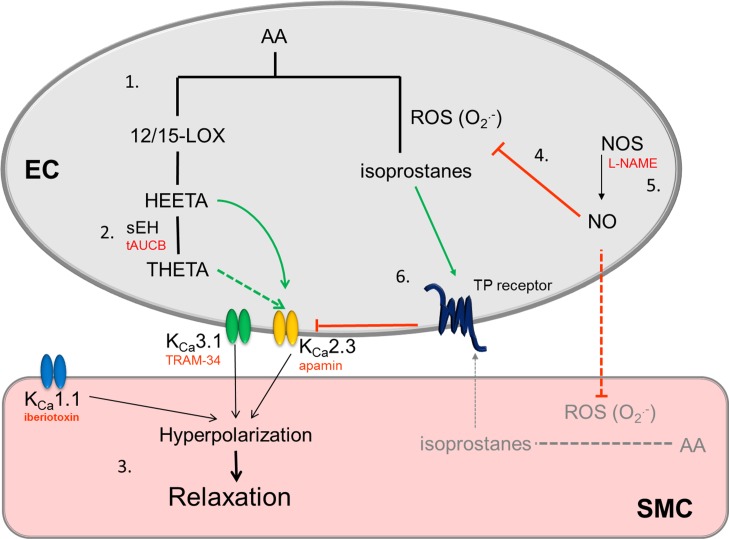Figure 7. Schematic showing the role of LOX products on EDH responses in the middle cerebral artery, the proposed effect that inhibition of NOS and increase in isoprostane production has on the EDH response.
(1) Under conditions where middle cerebral arteries can synthesize NO, metabolism of AA by LOX produces HEETA which is metabolized by sEH to THETA. Both can activate KCa2.3 channels. As tAUCB augments the KCa2.3 response HEETA is likely to be the metabolite involved. (2) Under these conditions the EDH response also involves activation of KCa3.1 and KCa1.1 channels to produce smooth muscle cell hyperpolarization and relaxation. (3) When NO is synthesized (4) it rapidly reacts with superoxide preventing production of isoprostanes, when NOS is inhibited (5) this inhibitory effect of NO on isoprostane production is reduced. Endothelial cells are the major source of vascular AA metabolites but it is possible NO prevents isoprostane production in SMCs. The subsequent stimulation of the TP receptor (6) inhibits the KCa2.3 component of EDH as we have previously reported (McNeish & Garland, 2007; McNeish et al., 2012). Solid lines/arrows represent known pathways, dashed lines indicate possible/unconfirmed pathways, green arrows are stimulatory pathways, red lines/text represent inhibitory pathways/blocking agents. EC, endothelial cell; SMC, smooth muscle cell.

